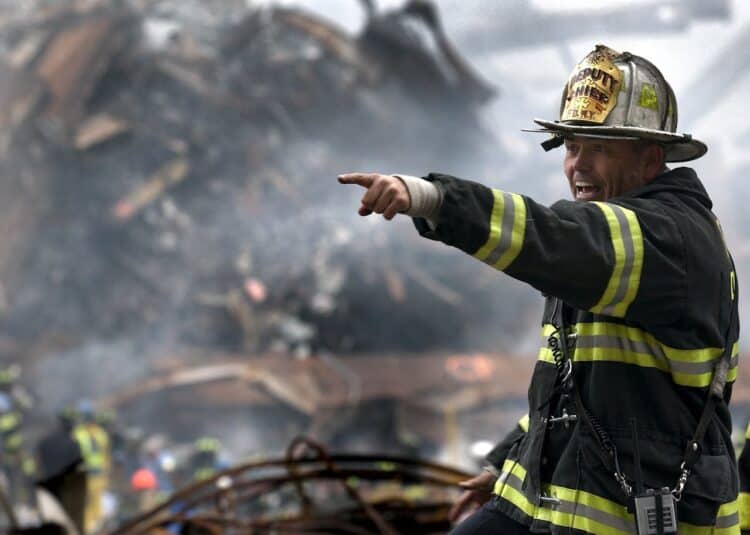The fire safety market is poised for significant growth, with projections indicating a rise to US$35 billion by 2030. This expansion is driven by stricter building code compliance, digitalisation, and necessary infrastructure upgrades in commercial buildings worldwide.
Fire safety and security detection systems are now mandatory across all commercial facilities, particularly in critical sectors like clean labs, data centres, and hospitals. These systems typically include a central control panel connected to smoke and heat detectors, alarms, and other emergency triggers.
ABI Research estimates shipments of fire safety systems—encompassing control panels, alarms, and detectors—are expected to increase from 133 million units in 2024 to 223 million by 2030, representing a compound annual growth rate (CAGR) of 7.6%. Notably, smoke and fire detection systems account for 56% of these shipments.
Fire safety standards and building codes vary significantly by country and sector, focusing on life and property protection throughout a building’s lifecycle. Rithika Thomas, smart buildings senior analyst at ABI Research, explains, “There are two main types of fire alarm systems: conventional and addressable.
Conventional systems are typically used in smaller buildings, while addressable systems offer enhanced fault detection and location pinpointing, making them suitable for larger commercial spaces in sectors such as healthcare and education.”
The fire safety market remains fragmented, yet it is led by established companies such as ABB, Halma, Honeywell, Johnson Controls, Siemens, and Schneider Electric, which collectively hold more than half of the market share. These firms leverage in-house capabilities, acquisitions, and partnerships to meet specific regional and sector needs. Recent advancements in hardware include real-time monitoring and cloud connectivity, which facilitate predictive maintenance and reduce disruptions for building occupants.
Significant acquisitions in the sector include Siemens' partnership with Danfoss to enhance its offerings in high-pressure water mist and low-pressure CO2 systems for advanced applications like data centres. Additionally, Compliance Group's acquisition of Abbot Fire Group aims to broaden its capabilities across various building verticals.
The shift towards digitalised building portfolios with improved safety features presents a substantial opportunity for fire safety enhancements. Thomas concludes, “Advancements in hardware and software technologies will support cross-platform integration and compatibility with building management systems, making retrofitting and upgrading existing buildings a key focus in North America and Western Europe. Meanwhile, the Asia Pacific region is expected to experience rapid growth in both new and retrofit builds.”



